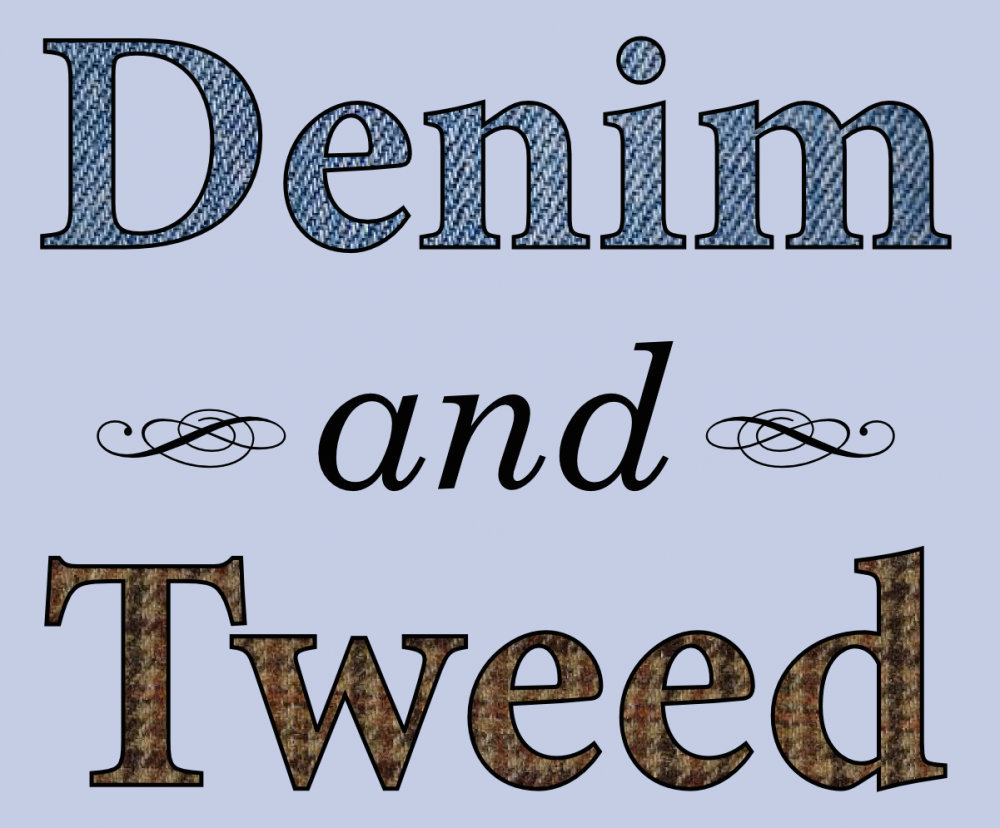 Forty-two. Photo by Valerian Gaudeau.
Forty-two. Photo by Valerian Gaudeau.The new Carnival of Evolution, freshly posted over at the Ocelloid, is the forty-second iteration of the monthly roundup of online writing about evolution, the universe, and everything. Well, maybe not everything.
Highlights include, but are not limited to, Larry Moran illustrating the difference between census population size and effective population size, Hannah Waters on the evolutionary context of grieving, and Jenna Gallie’s description of her own research on rapid adaptive evolution by E. coli. There are also multiple contributions from Nothing in Biology Makes Sense!, in case you haven’t already seen them. Go read the whole thing, and don’t forget your towel. ◼









